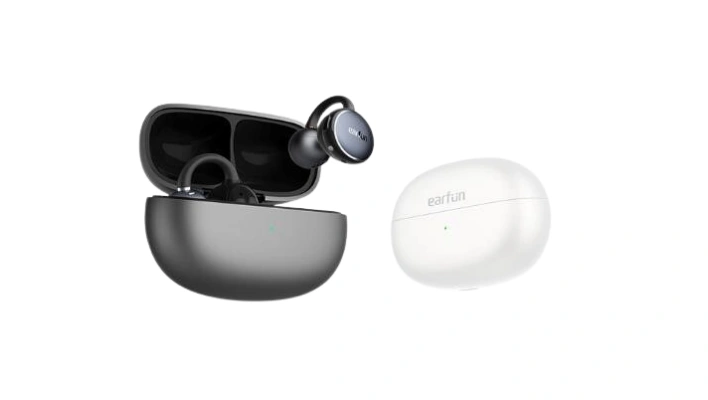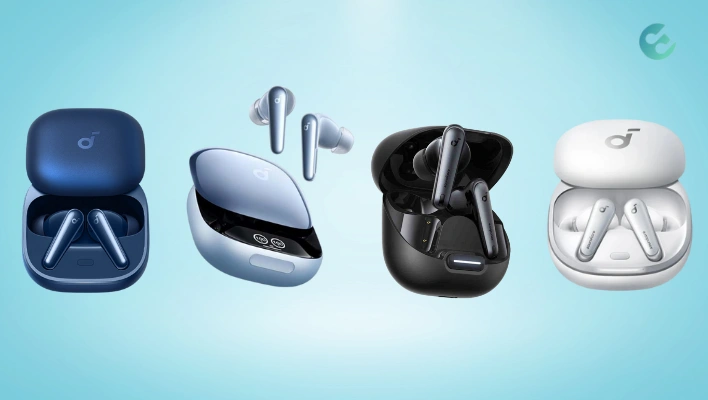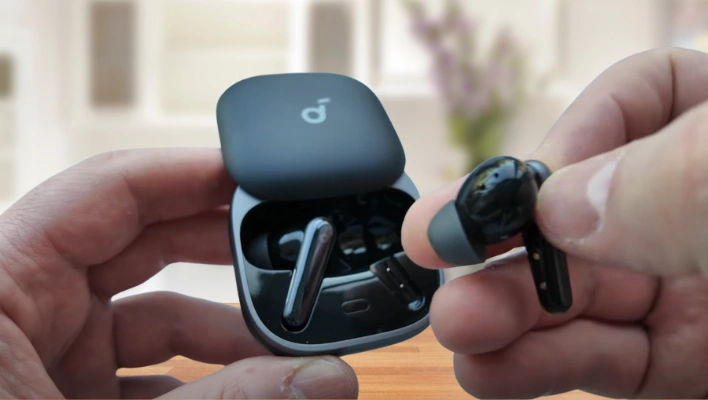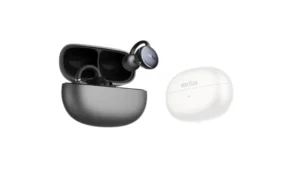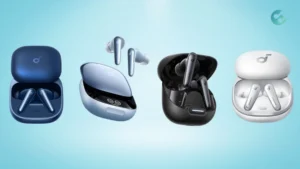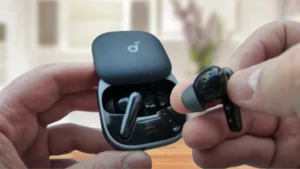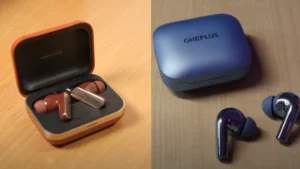In today’s fast-paced world, the way we connect with our digital devices is constantly evolving. One such advancement is the use of USB headphones with Android phones, providing a seamless and enhanced audio experience.
This guide aims to delve into the various methods available for connecting USB headphones to an Android device, offering a comprehensive look at each option to help you find the best solution for your needs.
Understanding USB Headphones and Android Compatibility
USB headphones are designed to connect to devices through a USB port, offering a digital connection that can deliver superior audio quality compared to traditional analog headphones.
With the removal of the 3.5mm headphone jack from many modern smartphones, USB-C headphones have become increasingly popular.
These headphones not only provide high-quality audio output but also often feature additional benefits like active noise cancellation.
How to Connect USB Headphones to Android Phone
Method 1: Using an OTG (On-The-Go) Cable
The most straightforward method to connect your USB headphones to an Android phone is by using an OTG cable.
This versatile tool acts as an adapter, featuring a female USB port on one end and a male Micro-USB or USB-C connector on the other.
The process is simple: plug your USB headset into the OTG cable, and then connect the cable to your phone.
OTG cables are not only affordable but also widely accessible on various online marketplaces.
While this method ensures your audio output is crystal clear, it’s important to note that there might be limitations regarding the headset’s microphone functionality due to compatibility issues with Android’s audio input and output systems. Despite this, for pure audio listening, the OTG cable method is both efficient and reliable.
Method 2: Type-C Cable and Adapters
For those with newer Android devices featuring a USB-C port, connecting USB headphones can be even more straightforward.
If your headphones are equipped with a USB-C connector, you can plug them directly into your phone’s USB-C port.
For headphones with a traditional USB connector, a USB to USB-C adapter will bridge the connection, making it a hassle-free setup for enjoying your audio content.
This plug-and-play approach is compatible with most modern Android phones, although it’s advisable to check the compatibility of your headphones with your specific device model to avoid any connectivity issues.
Method 3: Bluetooth Transmitter and Receiver
For a wireless solution or in cases where direct USB connection is not possible, a Bluetooth transmitter and receiver can come in handy.
This method involves connecting your USB headphones to a Bluetooth receiver via their USB port. Subsequently, pair the receiver with your phone over Bluetooth.
This setup allows you to enjoy a wireless audio experience, though it may come with the trade-off of not being able to charge your phone while using the headphones.
Method 4: Wireless Headphones and Charging
Wireless headphones offer a seamless and cable-free alternative for connecting to your Android phone.
Modern Android devices support Bluetooth headphones, providing an effortless connection for listening to music, watching videos, or gaming.
Brands like Samsung offer Galaxy Buds, which deliver high-quality sound, extended battery life, and features like quick charging, making them a great choice for users looking for convenience and performance.
Additionally, wireless charging capabilities allow you to charge your phone while using wireless headphones, ensuring that your device stays powered up even during long listening sessions.
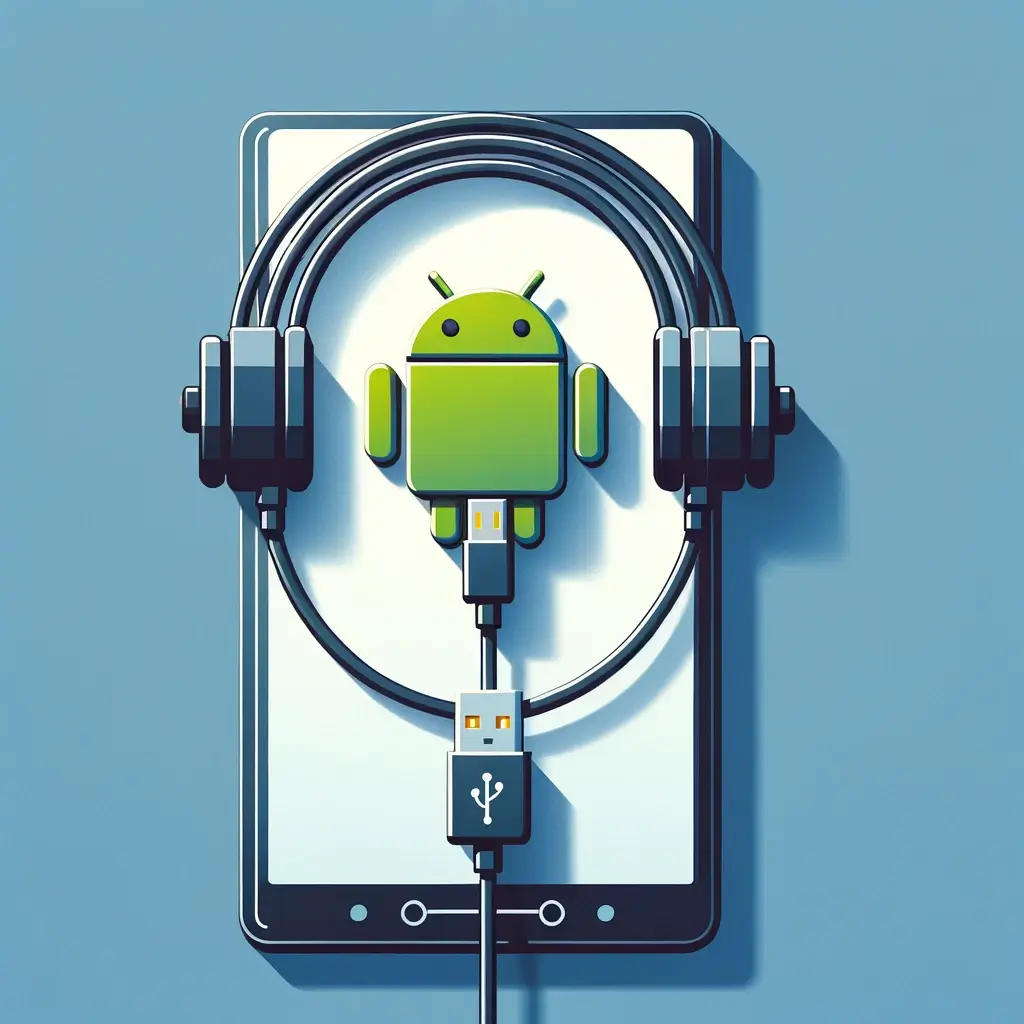
Tips for a Smooth Connection
- Check Compatibility: Before purchasing an OTG cable or adapter, ensure it is compatible with your phone and headphones.
- Update Your Device: Keep your Android device updated to ensure the best compatibility and performance with USB or wireless headphones.
- Consider Battery Life: If using a Bluetooth transmitter, be mindful of the battery life of both your headphones and your phone.
- Sound Settings: After connecting your headphones, check the sound settings on your phone to optimize audio quality and adjust any available equalizer settings.
Final Thoughts
Connecting USB headphones to an Android phone can significantly enhance your audio experience.
Whether you prefer the simplicity of an OTG cable, the convenience of wireless headphones, or the versatility of a Bluetooth transmitter, there’s a solution to meet your needs.
By understanding the options available and considering the specifics of your device and headphones, you can enjoy high-quality audio seamlessly integrated into your digital life.
FAQs on USB headphones settings on phone
Can I connect USB headphones to my Android phone directly?
Yes, you can connect USB headphones to your Android phone, typically using an OTG (On-The-Go) cable. Ensure the OTG cable is compatible with your phone’s USB port (USB-C or Micro-USB) and then plug your headphones into the cable.
Will the microphone on my USB headphones work with my Android phone?
In many cases, when connecting USB headphones to an Android phone using an OTG cable, the microphone might not function due to how Android handles audio input and output. However, the audio output should work fine for listening.
What if my phone doesn’t support OTG?
Not all phones support OTG cables. If your phone doesn’t support OTG, you might consider alternatives like Bluetooth adapters or FM transmitters for connecting your USB headphones.
Can I use Bluetooth receivers to connect USB headphones to my Android phone?
Yes, a Bluetooth transmitter and receiver can connect your USB headphones wirelessly to your phone. You need to plug the headphones into the receiver and pair the receiver with your phone. Note that this setup may prevent you from charging the phone simultaneously.
What are Type C earphones, and can they charge the phone while being used?
Type C earphones use a USB Type-C connector, capable of handling audio connectivity and charging. However, when using Type C earphones or a USB-C to 3.5mm adapter, you may not be able to charge your phone at the same time.
How do I fix USB headphones not working with my Android phone?
If your USB headphones aren’t working, try disconnecting and then reconnecting them. Ensure the USB plug is fully inserted and check the headset’s mute button. If issues persist, a system reboot or checking for compatibility issues may be necessary.
How can I use wired headphones with a phone that doesn’t have a headphone jack, like the Samsung S24 Ultra?
For phones without a headphone jack, you can use wired headphones with a USB-C to 3.5mm adapter. This allows you to connect traditional headphones to your device, though you may not be able to charge your phone while using the headphones.
Why is my audio jack not detecting headphones?
If your audio jack or USB port isn’t detecting headphones, ensure the connection is secure and check for any damage to the port or headphones. Updating your audio driver and trying different headphones or ports may also resolve the issue.
You may also like to see:
- Why won’t my beats turn off?
- How to stop Airpods falling out of your ears
- How To Fix Any TWS Pairing Problems
Nick, the Co-founder of Earbuds Arena, is a seasoned freelance tech journalist with over ten years of experience covering wearables, apps, headphones, and gadgets. When he’s not immersed in the tech world, you’ll likely find him unwinding with video games, going for a run, or enjoying a game of soccer on the field.

